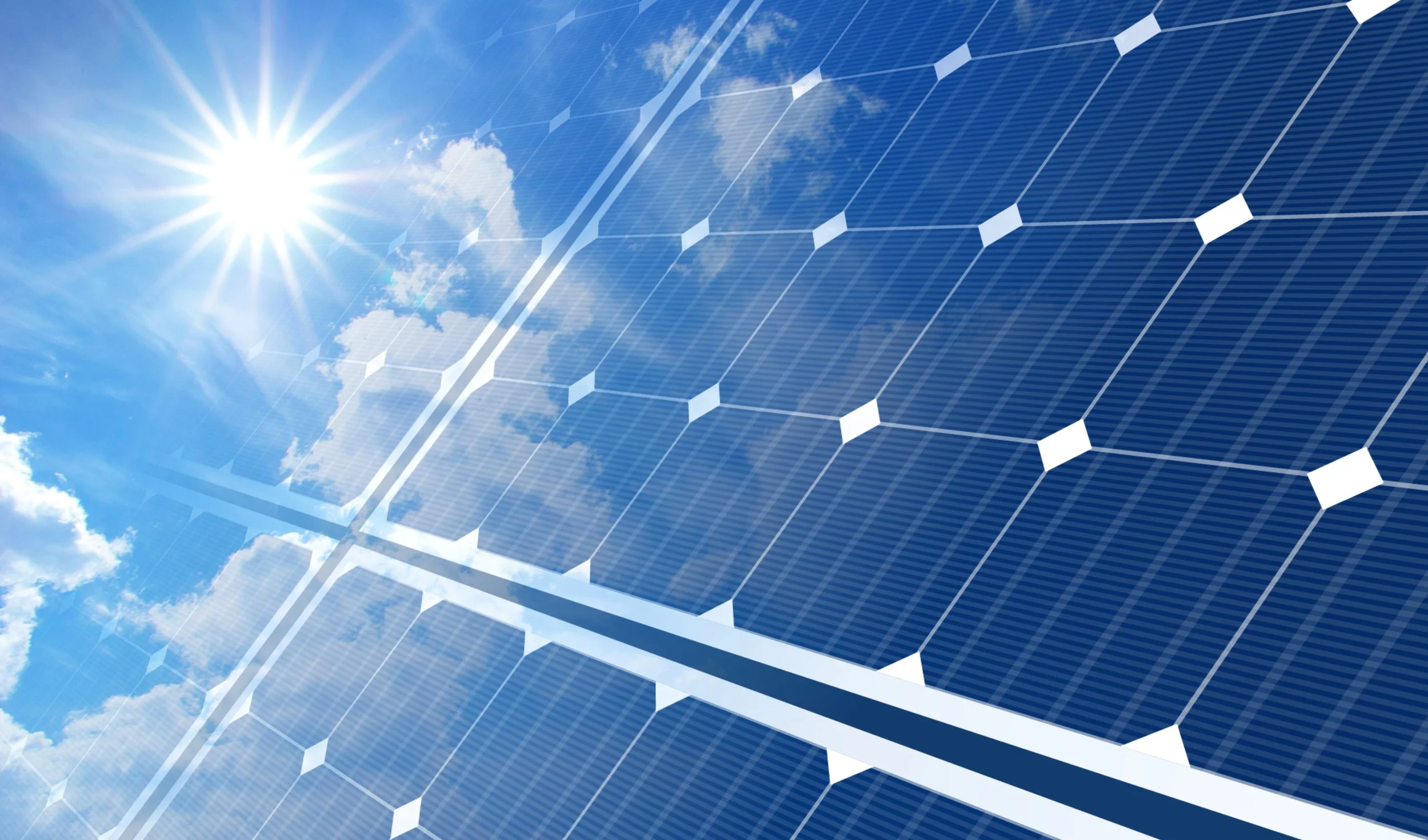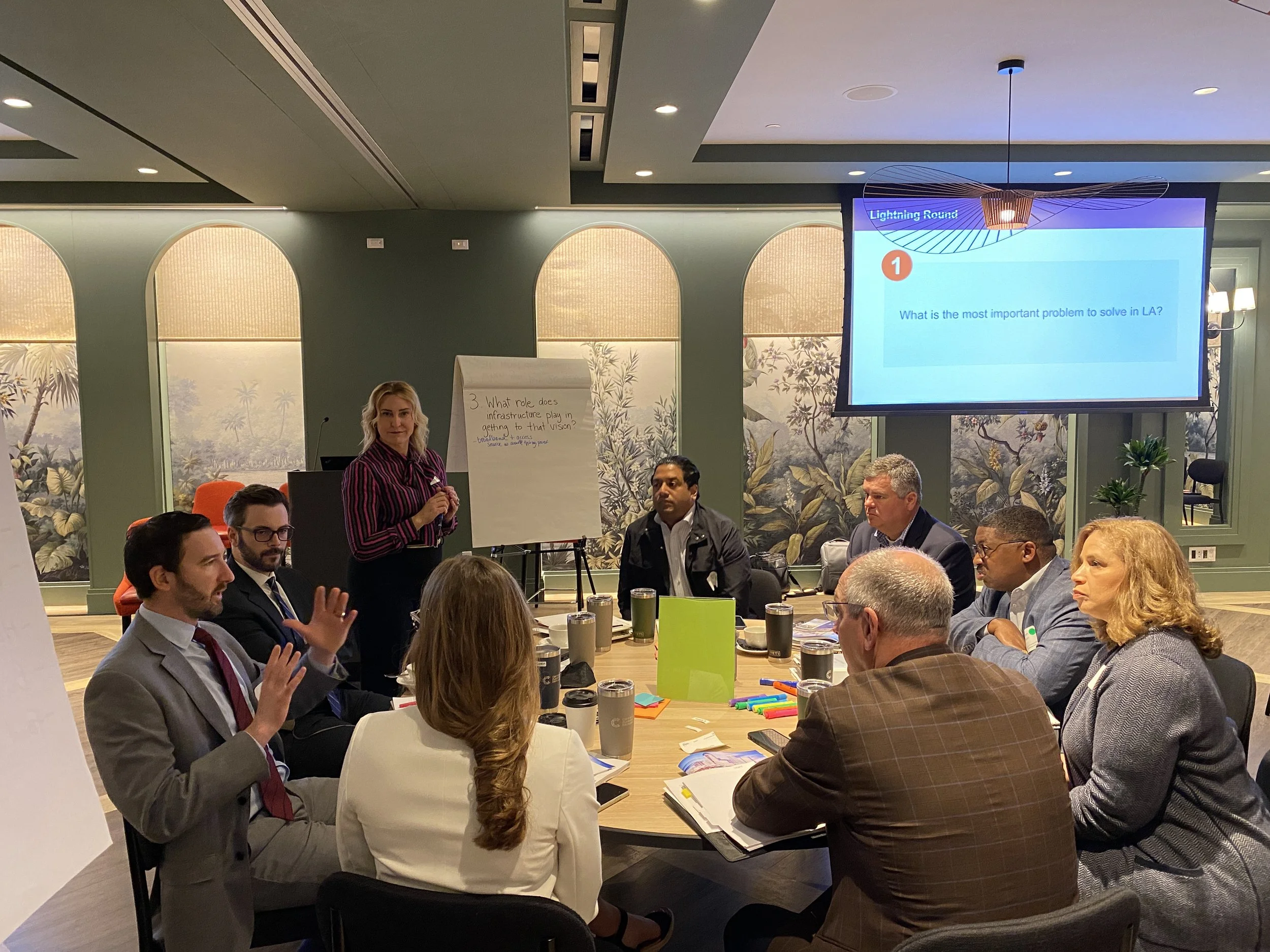As solar power emerges as the fastest-growing energy source in Louisiana, it presents both opportunities and challenges for local communities. Because Louisiana has a variety of rural, suburban, and urban areas, it’s critical that local governments tailor their regulations and policies to meet the specific needs, goals, and preferences of their communities. Sustainable development does not happen accidentally – it requires thoughtful planning in coordination with industry experts, local leaders, residents, and other stakeholders.
Events like the Summit show us that, even if change doesn’t happen all at once, it is still happening. Each time a street gets a new bike lane, we create an opportunity to lower emissions. Each time a new solar panel begins operations, a percentage of our energy portfolio gets cleaner. These little battles aren’t always gratifying, but they are the correct and necessary path to create a cleaner environment in years to come. The Smart Growth Summit brings us together to remind us of that, to reinvigorate our efforts, and to give us hope for the future.
In his address to state leaders and agency executives at the Resilient Infrastructure Workshop held in March, Governor John Bel Edwards described the Infrastructure Investment and Jobs Act as a “once in a generation opportunity to realize a more resilient and equitable future by strengthening Louisiana’s built environment and positioning the state for future economic success,” and issued a call to take action, stating, “We all have a role to play, and we must rise to the occasion.”
The Governor’s Climate Initiatives Task Force met on October 9 and October 19, 2021 to take a broad look at industrial decarbonization methods of implementation and available tools, focusing heavily on challenges and benefits specific to Louisiana.




